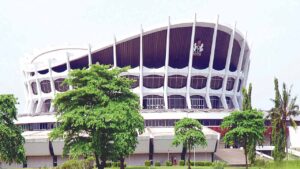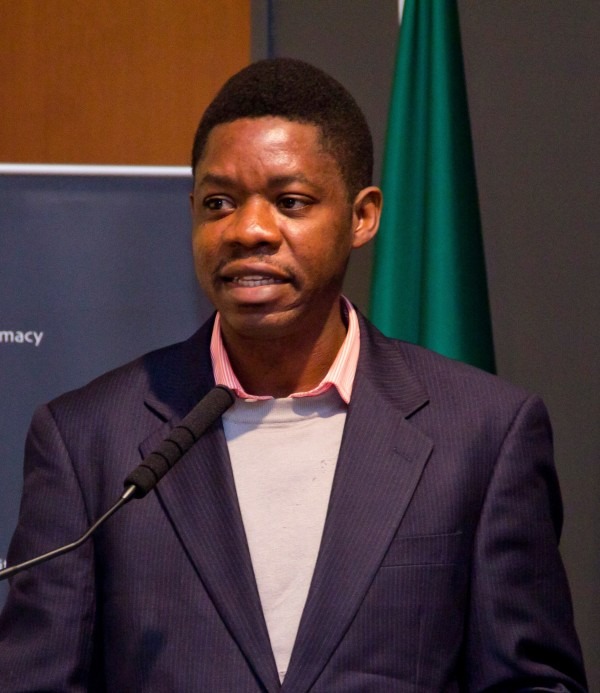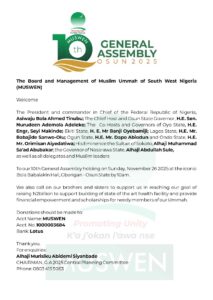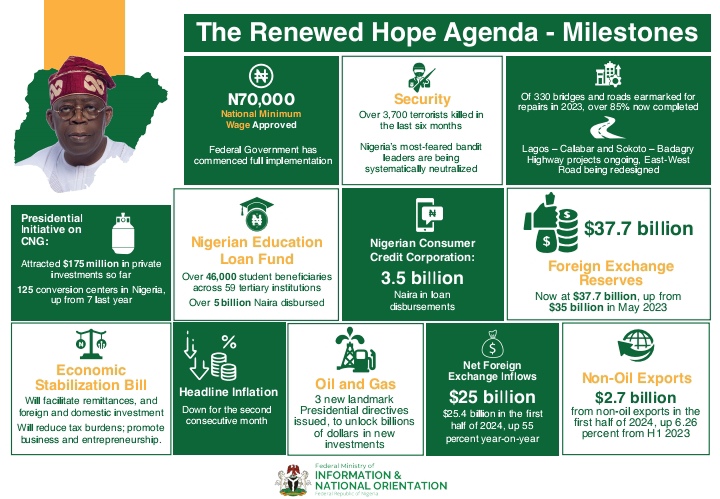By SIMBO OLORUNFEMI

Seeing the National Arts Theatre, renovated and renamed in honour of one most deserving of it, Prof Wole Soyinka again coming to life must surely evoke memories for people with affinity for the Arts, and those of us who took to it in one form or the other.
For many years, that was our home. Perhaps for its choice location, seated majestically as a centerpiece between mainland and island, accessible from every point, there was this magnetic pull about it, and you just found yourself gravitating towards it, with or without a mission.
Back then, when things were good, and even things had only just begun to get bad, it would surely find something for you to do. It could be someone seeking to drag you to watch a movie, like Lagos Bus Conductors after the morning rush. It could be a troupe somewhere rehearsing in a corner, singing and dancing for the gods, or it could be the Artist labouring on canvas to bring to life what only he could see, or a sculptor seeking to mould sense out of the chaos far a bit, but near enough for inspiration. It could be one of us, poets, lost to the world, conjuring words from the sky to make nonsense of sense.
National Theatre. Every visit with its own story. You are either running into a long-lost friend or find a brand new one. That walk from Costain Bus stop to the Bowl almost always has you running into someone you know, or someone you don’t know finding you fascinating enough to engage with. People coming, people going. For years.
You just found the National Theatre pulling you to itself, offering an oasis away from the chaos all around it. You can always see it from afar, beckoning with a mat for new dreams and a basket of possibilities for the adventurous.
Some will resume there at noon to plot a compass for the rest of the day, others, majority that is, will go out fishing around the city before dropping by in the evening to offload the troubles of the day, bury their worries late into the night, and borrow hope for tomorrow before staggering home. Some didn’t have the leisure of a home to return to though. But we are better off letting bygones staying buried.
Oh, Abe-Igi. What is the National Theatre without Abe-Igi. Under those trees, many dreams were born, many dreams were quashed. Many who later became stars started out as dreams hatched under those trees, while men and women conversed with bottles and other things in the evenings.
READ ALSO: EXPLAINER: The misconceptions around Tinubu’s income tax reforms
I remember the National Theatre. It was there as a 16-year old undergraduate, that I took to the stage for the first time, reciting a poem I had written in class, a mix of patois, pidgin and Queen’s English, to a distinguished audience of greats I could never have imagined, at the time, being in the same hall with. Association of Nigerian Authors Conference.
I remember being there one of those days to see Lola Fani Kayode’s Iwa. Those were the days when you would have queues outside for different movies scheduled for the different cinema halls. We would come to see films and stage plays. I think one of those NIB-sponsored plays was held there.
It was also at the National Theatre that the Tony Okoroji-led PMAN held those never-to-be-forgotten Nigerian Music Awards. It was there Shina Peters gifted us ‘soonest recover’. It was also there that Chief Kollington became a General, courtesy of General Abacha. ‘Ta lo fun wa loye yi o? General Abacha’, he later told the world.
It’s a new day. A new poem written for the National Theatre from the vaults of the Central Bank and Sons Limited. President Buhari. Godwin Emefiele. Governor Sanwoolu. President Tinubu. The thought. The courage to dare to put life to dead bones. The ability to stay true and deliver a new Theatre. Wole Soyinka said he didn’t think it possible. But they proved him wrong. The General’s Hat is back to itself, seated as befitting centrepiece in the heart of itself.
It is only befitting that such an iconic building has been named for Prof Wole Soyinka. He richly deserves it. President Tinubu described him as “one of the greatest assets of the world.”
In awarding him the Nobel Prize in 1986, the Swedish Academy said: “Soyinka has been characterized as one of the finest poetical playwrights that have written in English…Linguistically too Soyinka stands out as excellent. He possesses a prolific store of words and expressions which he exploits to the full in witty dialogue, in satire and grotesquery, in quiet poetry and essays of sparkling vitality. Wole Soyinka’s writing is full of life and urgency. For all its complexity it is at the same time energetically coherent.”
It was only last year that we travelled to Morocco with him on his 90th Birthday, as he received the emblem of the Académie Royale du Maroc. I struggle with the right words to describe the kind of respect and reverence that I saw accorded him by non-Nigerians. It was a thing of joy, as a Nigerian to see how honoured other Africans felt to be able to lay claim to him.
I don’t know about naming monuments after individuals, but as he himself explained, he was quite conflicted about it. But, as I have consistently argued, I will rather have people honoured while alive than when they have passed on.
If there is a living legend deserving of such honour, it is Wole Soyinka. In affixing his name to that building, it is also a transposition of value from and onto it, increasing its value in the eye of much of the world.
It is a great move. It is good to have the iconic National Arts Theatre, now ‘Prof. Wole Soyinka Centre for Culture And The Creative Arts’ back in its full glory. I can’t wait to visit. Again.













